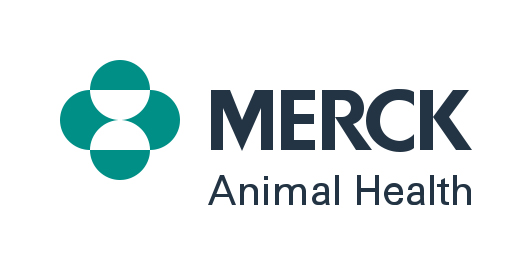SUSTAINABLE ANIMAL PROTEIN ECOSYSTEM

HEALTHIER ANIMALS HELP
sustain our environment.1
Farmers and ranchers use progressive animal health practices and innovative technology to keep animals healthy.

Vaccines are one important tool recommended by veterinarians to protect animals from rapidly evolving and emerging diseases and keep them safe and healthy.
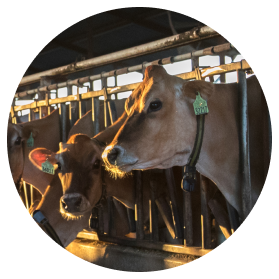
New precision animal care technologies
monitor and collect individual animal health data in real time to improve health and welfare outcomes more quickly.
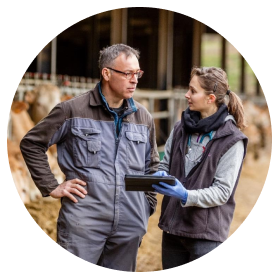
Animal nutritionists and advanced feedmilling technology
help farmers and ranchers design and monitor customized animal diets to optimize individual and whole herd or flock health and well-being.
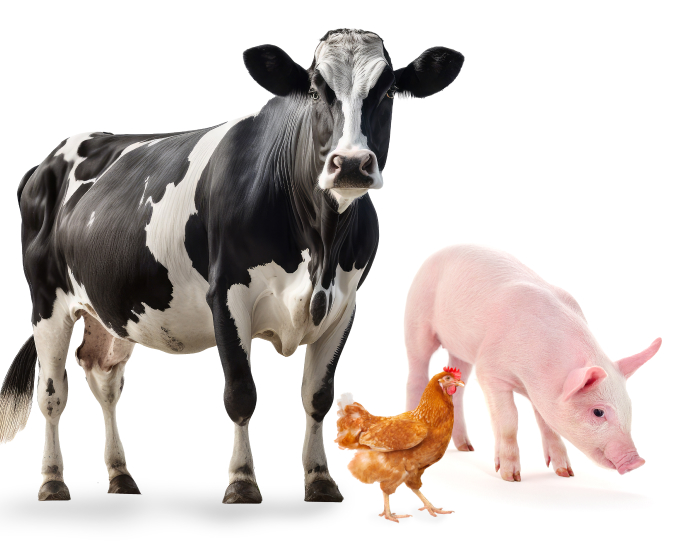
Healthy animals produce less emissions and more food for a growing population.1
10%

global decrease in animal disease =
800 MILLION
ton decrease in GHG emissions.1
Globally, for every two cattle vaccinated to prevent disease,
one less person goes hungry.1

For generations, farmers and ranchers have reduced their environmental impact and use of natural resources while producing more high-quality protein to feed a growing global population.
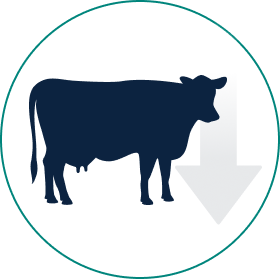
19%
Dairy reduced GHG emissions between 2007 and 2017.2

U.S. fish farms continue to return water used to raise fish back to streams and rivers cleaner than when it enters the farms.3
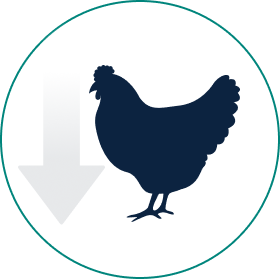
13%
Poultry reduced water use between 2010 and 2020.3
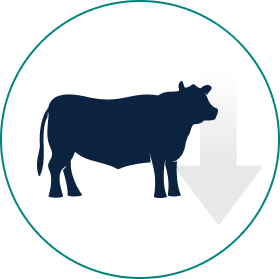
40%
Beef reduced emissions, while also producing over 66% more beef per animal since 1961.3
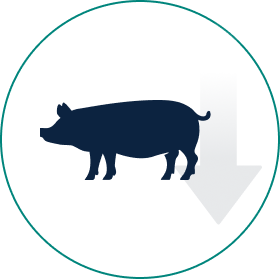
50%
Pork reduced its environmental impact and natural resource use by nearly 50% per 1,000 pounds of pork raised today compared to 1959.4
Sustainable Animal Protein Ecosystem
References
1Oxford Analytica. Animal Health and Sustainability A Global Data Analysis — Summary. A Report Produced for HealthforAnimals. April 18, 2023. https://www.healthforanimals.org/wp-content/uploads/2023/04/AH-and-Sustainability-Report-Summary.pdf. Retrieved Aug. 1, 2023.
2Capper JL, Cady RA. The effects of improved performance in the U.S. dairy cattle industry on environmental impacts between 2007 and 2017. J. Anim. Sci. 2019;98. doi: doi.org/10.1093/jas/skz291. https://academic.oup.com/jas/article/98/1/skz291/5581976. Retrieved Aug. 1, 2023.
3Animal Agriculture Alliance. Sustainability Impact Report. April 2023. https://www.animalagalliance.org/wp-content/uploads/2023/04/FINAL-2023-Sustainability-Impact-Report-compressed.pdf. Retrieved Aug. 1, 2023.
4Pork Checkoff. Research. Environment – Environmental Footprint. Boyd, G., Cady, R. A 50-Year Comparison of the Carbon Footprint and Resource Use of the US Swine Herd: 1959 – 2009. May 12, 2012. ID: 10-174. https://porkcheckoff.org/research/a-50-year-comparison-of-the-carbon-footprint-and-resource-use-of-the-us-swine-herd-1959-2009/. Retrieved July 31, 2023.
